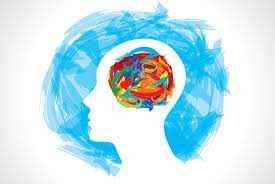Subjective Well-Being components
It consists of 3 parts: positive affect, negative affect, and life satisfaction.
Positive affect and negative affect are basically your emotions and moods, and life satisfaction refers to the evaluation of your life as a whole (how satisfied you are with your life, what you would change etc).
238
570 reads
The idea is part of this collection:
Learn more about personaldevelopment with this collection
How to develop a healthy relationship with money
How to create a budget
The impact of emotions on financial decisions
Related collections
Similar ideas to Subjective Well-Being components
Measuring Subjective Well-Being
Tracking your own subjective well-being can be very powerful if you keep alongside a journal of your life's events.
Keep it up for some time and you will see trends emerge. You'll also be able to adjust your activities in order to maximize positive affect and life satisfaction and m...
Subjective well-being measures
There are three different types of happiness measures:
- How we experience positive emotions.
- How we experience negative emotions.
- Life evaluations (how happy we are with our lives as a whole.)
Brain scans show that volunteers who rated highly on
Subjective well-being
This is the primary way Positive Psychology researchers have defined and measured people's happiness and well-being.
It's defined as your evaluations of your own life and your moods and emotions (that's why it's labeled as "subjective").
Read & Learn
20x Faster
without
deepstash
with
deepstash
with
deepstash
Personalized microlearning
—
100+ Learning Journeys
—
Access to 200,000+ ideas
—
Access to the mobile app
—
Unlimited idea saving
—
—
Unlimited history
—
—
Unlimited listening to ideas
—
—
Downloading & offline access
—
—
Supercharge your mind with one idea per day
Enter your email and spend 1 minute every day to learn something new.
I agree to receive email updates

